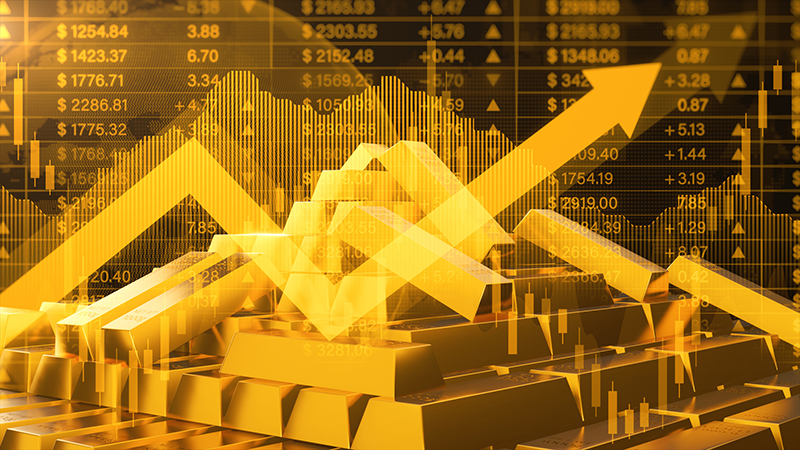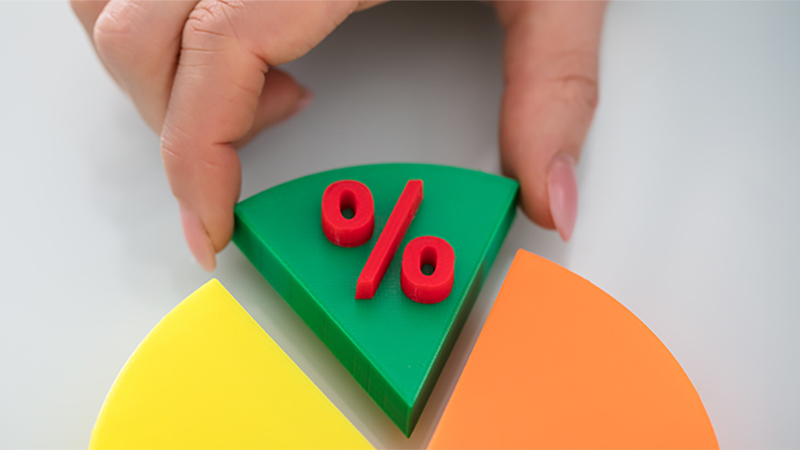ESG trackers share some traits with their non-ESG peers: their portfolios are transparent and, more importantly, costs are low. Moreover, some of the SRI ETFs recently launched by iShares are cheaper than their regular counterparts.
For example, the iShares Sustainable MSCI Emerging Markets SRI ETF has a total expense ratio (TER) of 0.35%, compared with 0.68% for the non-SRI version of the product. Both compare very favourably with the 1.97% median TER of actively managed ecology funds with an ESG mandate, according to Morningstar.
Perhaps this low cost is because the US asset manager feels that it has to make up for not having taken the theme on earlier (see boxout).
But clearly, SRI-themed ETFs should not be dismissed as the latest way for asset managers to justify a higher price for a ‘fancy’ product, though these prices are introductory costs that could rise over time.
As you can see in the graph below, the MSCI SRI indices for both European and emerging market equities, have tended to outperform their plain vanilla equivalents.

Focus on CO2
This can partly be attributed to different sector and country exposures. The MSCI Emerging Markets SRI index, for example, has a strong overweight to Taiwan and India, and has an exposure of only 3% to China, compared with a 26% weighting in the MSCI Emerging Markets Index. On a sector level, the discrepancies are less dramatic (see sector and geographic exposure pie charts on opposite page).
Syntrus Achmea, one of the largest institutional investors in the Netherlands, with €109bn in assets under management, is a dedicated ESG investor. Eighty-five per cent of its actively managed equity investments have at least some form of ESG screening, and the company has introduced this to its passive portfolios as well. “We started to seriously engage with passive ESG investing in autumn 2014,” says Freddy van Mulligen, who is responsible for external manager selection at the company.
“Sixty per cent of our passive investments on the equity side are now ESG-screened, and this is growing. Passive ESG screening allows you a great deal of flexibility in excluding companies and sectors.”











